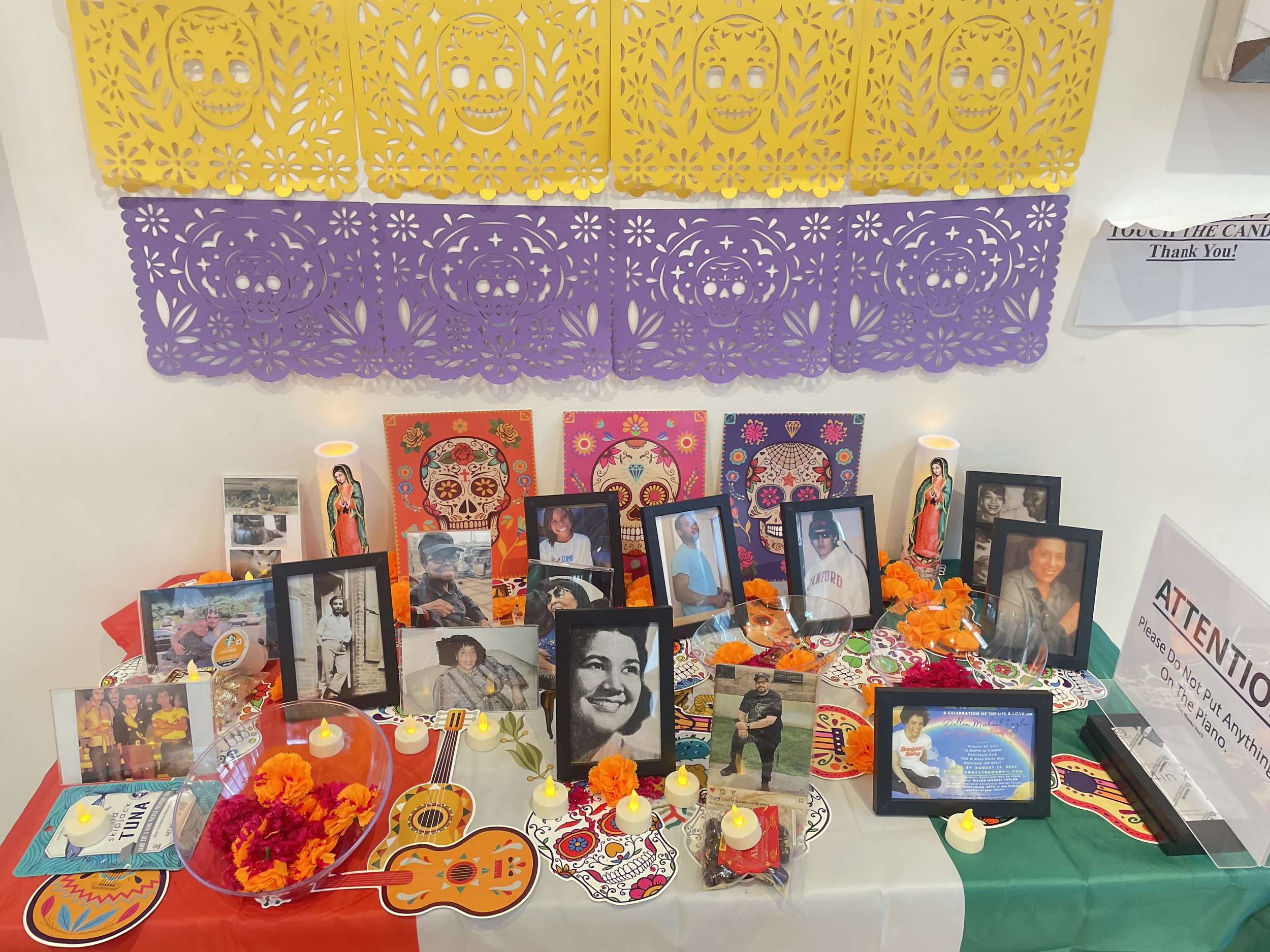The Mexican Community in Harlem
Historical Background
Mexicans in Harlem
The story of the Mexican community in Harlem is one of recent growth and rapid change. While Harlem has long been known for its African American and Puerto Rican communities, the last two decades have seen a significant influx of Mexican immigrants, transforming the neighborhood's cultural landscape.
The first wave of Mexican immigrants arrived in Harlem in the late 1990s and early 2000s, drawn by affordable housing and job opportunities. Many came from the states of Puebla and Guerrero, bringing with them rich cultural traditions and a strong sense of community.

Current Demographics
Today, Mexicans represent one of the fastest-growing immigrant groups in Harlem. According to recent census data, the Mexican population in East Harlem has more than doubled since 2000, now comprising approximately 10% of the area's residents. This growth has led to the emergence of Mexican-owned businesses, community organizations, and cultural events that have become integral to the neighborhood's identity.
Cultural Impact on the Neighborhood
The growing Mexican presence has significantly impacted Harlem's cultural tapestry.
Culinary Scene:
Authentic Mexican taquerias, panaderias, and restaurants have proliferated, introducing local residents to the diverse flavors of Mexican cuisine.
Language:
Spanish with distinctly Mexican dialects is now commonly heard on the streets, adding to the linguistic diversity of the area.
Festivals and Events:
Mexican cultural celebrations, including Cinco de Mayo and Day of the Dead, have become neighborhood-wide events, attracting participants from various backgrounds.
Arts and Crafts:
Mexican folk art, including papel picado (paper cutting) and alebrije (brightly colored animal figurines), has found its way into local galleries and street fairs.
Community Organizations:
Several Mexican-American organizations have established themselves in Harlem, providing support services, cultural programs, and advocacy for the growing community.
The integration of Mexican culture into Harlem's existing diverse environment has created a unique blend of traditions, fostering cross-cultural understanding and enriching the neighborhood's vibrant character.







